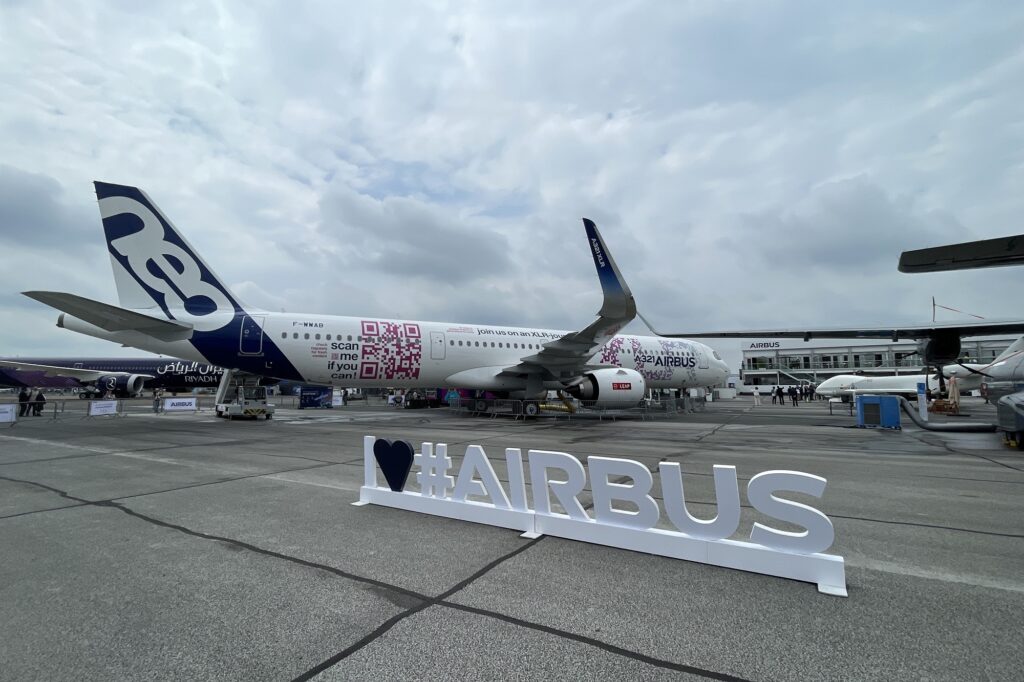Requirements outlined by the European Union Aviation Safety Agency (EASA) could compromise the range of the yet-to-be-certified Airbus A321XLR.
According to a report by Reuters, the range of the A321XLR could be much lower than the advertised 4,700 nautical miles (8,700 kilometers) following EASA’s requirements to put additional protections to the rear center tank (RCT), located below the cabin floor.
Sources who have spoken with the publication have said that the protective liner that needs to be added to the RCT of the aircraft adds between 700 and 800 kilograms (between 1,500 and 1,700 pounds) of additional weight, potentially reducing the type’s range by around 200 nautical miles (370 kilometers).
However, an Airbus spokesperson told Reuters that the Original Equipment Manufacturer (OEM) “expects no significant impact on the XLR’s unique range advantage”.
EASA issued a consultation paper on the special condition (SC) of the A321XLR in December 2022 after it received an application for a major change to type design on a large aircraft. Then, the regulator said while there has been a lot of experience and safety assurances with classical wing and center wing fuel tanks, as well as auxiliary tanks in cargo compartments, “the integration of an RCT located below the cabin floor, because of its design and location, is considered as an unusual design feature relative to design practices” of large commercial aircraft.
As such, EASA saw the need to prescribe SCs “to ensure adequate occupants protection against the risks of external fire and burnthrough, fuel vapour ignition and fuel tank explosion as well to ensure crashworthiness of this fuel tank so that no fuel is released in sufficient quantities so to start a serious fire in an otherwise survivable crash event”.
Despite the potential setback, Airbus believed that the A321XLR could be certified by the end of 2023, with deliveries to customers beginning in Q2 2024.
A long-range derivative of the A321neo, the A321XLR is able to fly farther than any other narrow-body aircraft that is currently on the market. Its nearest competitor is the A321LR, with Airbus saying it has a range of up to 4,000 nm (7,408 kilometers).
Comparatively, the Boeing 737 MAX family’s longest-range jet, the 737 MAX-7, can fly up to 3,800 nm (7,040 km).

